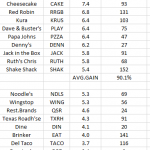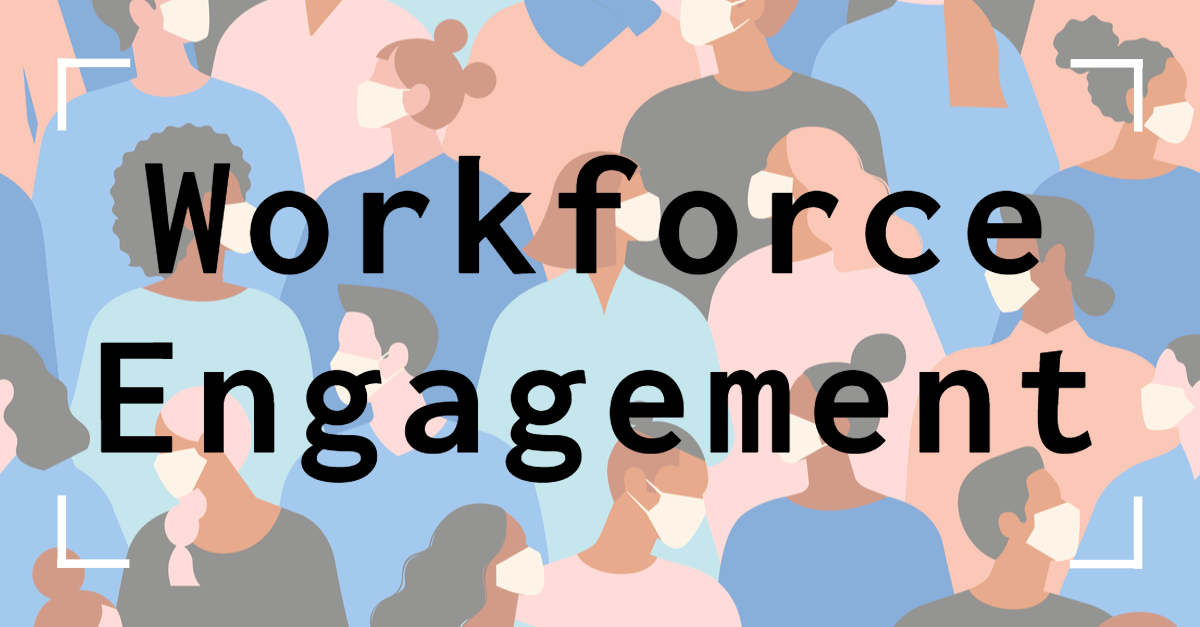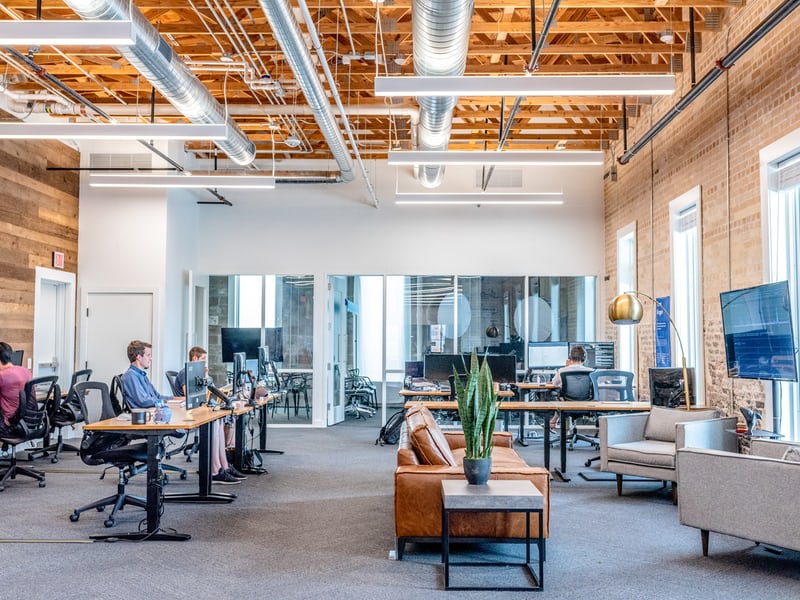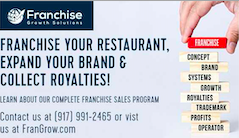Investing in the COVID-19 Recession Era
By Patrick Findaro, Co-Founder and Business Development Director of Vetted Biz
An analysis on the industries with the strongest likelihood of a rapid recovery from the recent lockdown-induced recession
Introduction
The recent COVID-19 induced lockdown led to a rise in a nationwide recession of which the country is only now beginning to recover from. Nevertheless, after researching and analyzing more than 2,900 businesses at Vetted Biz, we have found a select few industries that were able to remain stable despite social distancing restrictions. Additionally, there are also other industries expected to thrive once restrictions finish being lifted and the worst of the pandemic has passed.
The criteria used for this article when evaluating these industries addressed several factors. First, it looked at how successful each industry’s businesses were in adapting to these new restrictions. Then, it studied what opportunities these industries offered for its businesses to diversify during difficult times; and also speculated on what curve model best suited each industry’s recovery process once lockdown restrictions finish being lifted. Finally, in cases where this was possible, this study also cross-referenced industries’ performance predictions with the historical data on their SBA loans, which can be found here.
Main Findings: 3 Characteristics, One Outcome
The findings from this initial research concluded that COVID-resilient industries normally contain the following three characteristics: 1. Secure payments, which refers to having recurring revenue ensured by having either periodic contracts or offering services deemed “essential”; 2. Market leverage, which concerns having a strong brand and industry performance prior to lockdown restrictions being imposed so that businesses do not have to disburse additional costs in marketing during this time; and 3. An efficient budget, which encompasses factors such as high margins, strong liquidity and overall profitability. The article below will address in-depth, industries that are deemed either “COVID-resilient” or that will likely bounce back in the short-term once local restrictions finish being lifted. It will provide pertinent examples on how each industry is adapting accordingly, and will conclude by showing how the industries selected all have the three characteristics previously deemed necessary by this article.
COVID-Resilient Industries
Ghost Kitchen Restaurants
Ghost Kitchen restaurants – which are professional food preparation and cooking facilities set up for the preparation of delivery-only meals – have not only remained open during the recent lockdown, but also saw an increase in sales throughout this period. Amongst the numerous benefits that come with investing in a Ghost Kitchen concept, two specific ones particularly created optimal conditions for them to continue to thrive during the current situation: their efficient budget, and market leverage. Because Ghost Kitchens focus solely on servicing delivery and takeout orders, not only is the kitchen’s site required by the restaurant smaller, but also, the location of the kitchen is not as important seeing the business is not as dependent on foot traffic – both of which allow for lower costs associated with real estate.
Additionally, Ghost Kitchens can be run by as little as 2 to 3 employees, a fact that given the current situation not only further reduces costs associated with payroll, but also mitigates any contamination risks which remain a predominant concern during COVID-19. In terms of this sector’s market leverage, it is important to consider recent studies showing that 31% of consumers use delivery services at least once a week, and that 59% of millennial orders every week are either for takeout or delivery.
Beyond that, a recent study on SBA Loans found that between 1991 and 2019, 61% of food and beverage franchise loans were paid-in-full – a relatively high value when compared to other industries such as fitness centers or home services. The characteristics outlined above shows that Ghost Kitchen models are a sector of the restaurant industry that should only be expected to continue to strengthen as social distancing growingly becomes a greater part of the population’s reality.
Landscaping
The landscaping industry, which includes installing, cleaning and maintaining any territory’s green area, is another industry that has remained stable throughout the recent lockdown restrictions. Because the landscaping industry was not shut down during the recent lockdown, it was able to keep servicing its clients and generating revenue. The fact that state and municipal laws require businesses to maintain the landscaping orderliness of the territory they are operating in, means businesses offering landscaping services are treated as a priority by its commercial clients.
Additionally, as commercial businesses open, landscaping businesses are once again able to leverage their presence and ensure they can hold existing clients while adding on new ones as well. Another important factor to consider is that most services contracts within this industry are signed on a long-term basis, meaning recurring revenues is a strong characteristic of this industry. Finally, because the services provided by this industry are at the client’s specific location, the business can be operated from a small office space and is consequently able to optimize its budget by not having to allocate a great percentage of it towards real estate costs, which normally make up a large sum of a business’ expenses.
Property Management
The Property Management industry, which offers services that manage commercial and residential properties on a large scale on behalf of homeowners, is an additional industry that has proven to be COVID-resilient. Property management businesses manage owners’ commercial or residential real estate properties on their behalf through long-term contracts. These businesses deemed essential by homeowners and their long-term contracts allow for greater stability and makes it harder for clients to go back on their service contracting decisions. This allows for a strong inflow of recurring revenue.
Additionally, property management businesses can be run from a home office and by 1 or 2 employees only. SBA studies show SBA loans disbursed to businesses within the Real Estate industry also had a relatively high paid-in-full rate of 60.1% – thus further corroborating the industry’s strength despite recent circumstances.
Bookkeeping & Tax Preparation
Finally, the bookkeeping and tax preparation industry has thrived during this most recent recession. With most of the population rushing to have tax returns filed to receive government stimulus packages, this industry has recently seen an increased demand that has allowed for its businesses to leverage their market presence.
Secure payments have also been a feature of the industry due to monthly payments and renewals from businesses in need of bookkeeping services as they adapted to recent conditions and prepared to apply for stimulus packages as well. Finally, these businesses can also be run from a home office and with as little as 2 to 3 employees. Once again, bookkeeping and tax preparation businesses have shown that with an efficient budget, secure payments and strong market leverage, an industry is able to remain afloat even throughout a COVID-induced recession.
Cleaning & Maintenance
While cleaning and maintenance services might have been suspended or diminished as lockdown restrictions were put in place, this industry is likely to see the strongest and fastest recovery curve as these same restrictions begin being lifted. ¬With one of the most important conditions for reopening being ascertained cleanliness at all times, it is likely the cleaning and maintenance industry will experience the strongest market leverage, as their services are considered the utmost priority of any business looking to reopen.
Additionally, cleaning services do not require an extensive employee count or entirely sophisticated equipment. When cross referencing this industry’s performance prediction with its historical data on SBA Loans disbursed between 1991 and 2019, the cleaning and maintenance franchise industry had the highest SBA paid-in-full rate at 67.8%, once again reiterating the industry’s strength and likelihood of recovery once lockdown restrictions have been lifted.
Barber Shops & Beauty Salons
Although beauty salons and barber shops were not deemed an “essential service” during the recent lockdown and consequently had to shut down their services throughout most of the quarantine, they are likely to see a strong recovery curve as restrictions are lifted and people begin to resume their normal lives.
Grooming services especially for men, will likely peak as they return to work in need of a haircut. Additionally, women will likely seek beauty salons to address services in need such as waxing, haircut, and eyebrow design. By leveraging its market presence as people begin leaving their homes and resuming their regular self-care routines, the barber shop and beauty salon industry will likely see a strong recovery.
Children Programs
Children education and after school programs is another industry that will likely experience a strong bounce back once lockdown restrictions are lifted. Because most businesses have remained open and transitioned to online platforms, they have been able to maintain their market presence and secure a steady inflow of revenue as their help in keeping their children entertained or providing additional reinforcement to online schooling efforts became an unprecedented priority to parents also working from home.
Additionally, it is likely their market leverage will be even further elevated once families resume their daily life and parents begin to push their children towards reestablishing their regular routines. Finally, as children return to school in the Fall and parents see the education gaps left from online schooling during the spring semester, education programs in particular should experience an even greater growth rate.
Children education and after school programs have a strong leverage to secure a steady growth once restriction lockdowns are lifted, a fact that is corroborated by its relatively low SBA default loan rate, which was at only 4.2%.
Conclusion
As lockdown restrictions are lifted, a business’ ability to adapt and grow under current circumstances will likely become a strong factor in any investment process being pursued. By outlining some of the industries we have seen thrive during these difficult times, we hope to have clarified and mitigated any uncertainty that may have risen during your entrepreneurial pursuits amidst COVID-19. In sum, businesses and their respective industries that have been able to secure payments, optimize their budgets, and leverage their market presence should be considered the strongest candidates for investment as the country begins to recover from this COVID-induced recession.
Learn more here: https://www.vettedbiz.com/















